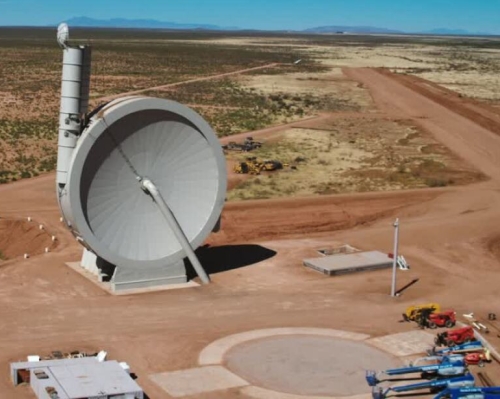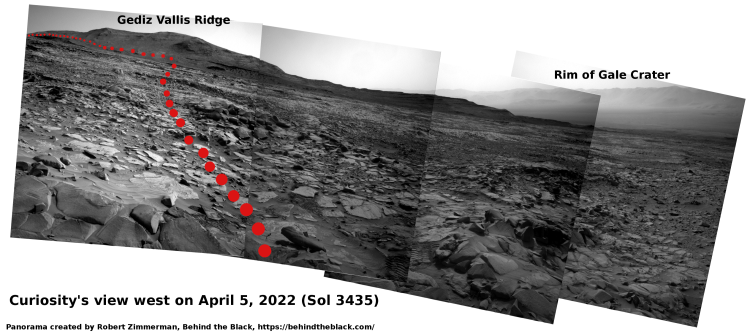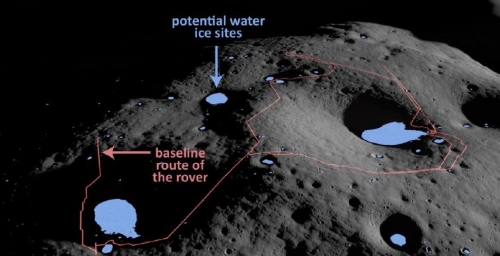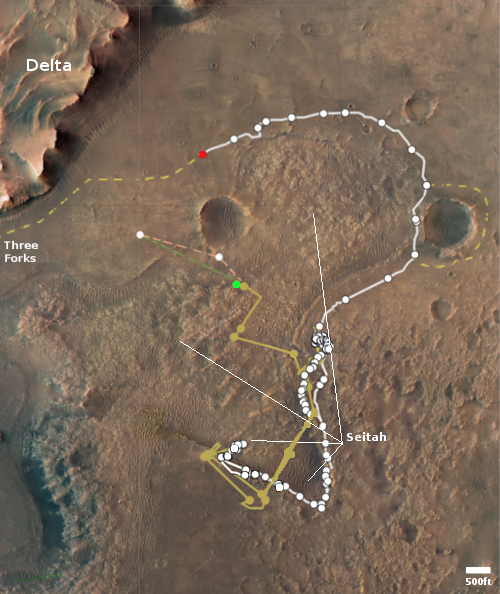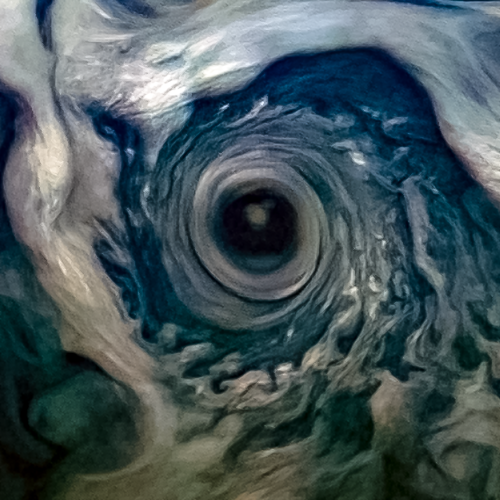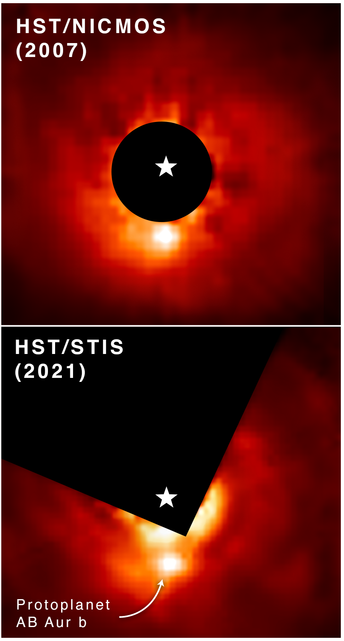Update on SpaceX’s Starship/Superheavy operations at Boca Chica
Link here. Though the permitting process for launching Starship from Boca Chica is stalled or maybe even blocked, SpaceX is continuing to use this waiting time to upgrade and improve the design of both Starship and its giant booster, Superheavy, abandoning earlier prototypes for newer versions incorporating those upgrades.
[Superheavy] Booster 4 and [Star]Ship 20, having served as articles to test the ground systems and verify the major design outlines of booster and ship, have now been phased out, with Elon Musk confirming on Twitter that these wouldn’t perform the long-awaited orbital velocity test flight.
Instead, it is now expected that Booster 7 and Ship 24 will be the duo performing this duty. For that same reason, SpaceX cleared the way for Booster 7 by removing Booster 4 from the OLM on March 24.
The company has been doing tank tests and stack tests of these new prototypes at a fast pace, even as it is assembling even newer prototypes.
Link here. Though the permitting process for launching Starship from Boca Chica is stalled or maybe even blocked, SpaceX is continuing to use this waiting time to upgrade and improve the design of both Starship and its giant booster, Superheavy, abandoning earlier prototypes for newer versions incorporating those upgrades.
[Superheavy] Booster 4 and [Star]Ship 20, having served as articles to test the ground systems and verify the major design outlines of booster and ship, have now been phased out, with Elon Musk confirming on Twitter that these wouldn’t perform the long-awaited orbital velocity test flight.
Instead, it is now expected that Booster 7 and Ship 24 will be the duo performing this duty. For that same reason, SpaceX cleared the way for Booster 7 by removing Booster 4 from the OLM on March 24.
The company has been doing tank tests and stack tests of these new prototypes at a fast pace, even as it is assembling even newer prototypes.


